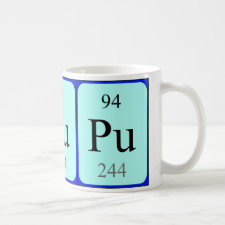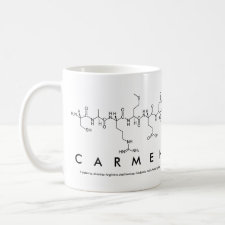
Authors: Moritani T, Alvarez-Lorenzo C
Article Title: Conformational imprinting effect on stimuli-sensitive gels made with an "Imprinter" monomer.
Publication date: 2001
Journal: Macromolecules
Volume: 34
Issue: (22)
Page numbers: 7796-7803.
DOI: 10.1021/ma010646r
Abstract: A new type of monomer, called Imprinter, combined with its copolymerization with a stimuli-sensitive monomer, allows gels with receptor sites of reversible affinity to be created. Imprinter-Q is a dimeric monomer that has two cationic groups linked by a 1,2-glycol bond, which is easily cleavable. Weakly cross-linked gels have been prepared using Imprinter-Q, N- isopropylacrylamide, and cross-linker N,N'- methylenebis(acrylamide). After breaking the 1,2-glycol link, the members of each cationic pair are close together, and they can capture target molecules via a multiple-point electrostatic interaction. The higher affinity of these gels for disodium nitroisophthalate (NPA) or dipotassium naftalenedicarboxylate (NDC) in comparison with control gels, which were prepared with randomly distributed cationic groups, proved that the gels prepared with Imprinter-Q memorized the position of the pairs of cationic groups after swelling and reshrinking. Although the efficient adsorption was expected to depend on the correspondence between the spacing of the two juxtaposed cationic groups of the gel and the spacing of the two anionic groups of the adsorbate, it was found that NPA and NDC (carboxyl spacing 60% longer than in NPA) are adsorbed with similar efficiency. The control gels experienced difficulty in forming pairs, and their affinity for NPA or NDC decreased exponentially as a function of cross-linker concentration. In contrast, the topological constrains were completely absent in the imprinted gels, showing that memorization had been achieved. This "conformational imprinting effect" was tested for several concentrations of Imprinter-Q and permanent cross- linkers



Join the Society for Molecular Imprinting

New items RSS feed
Sign-up for e-mail updates:
Choose between receiving an occasional newsletter or more frequent e-mail alerts.
Click here to go to the sign-up page.
Is your name elemental or peptidic? Enter your name and find out by clicking either of the buttons below!
Other products you may like:
 MIPdatabase
MIPdatabase









